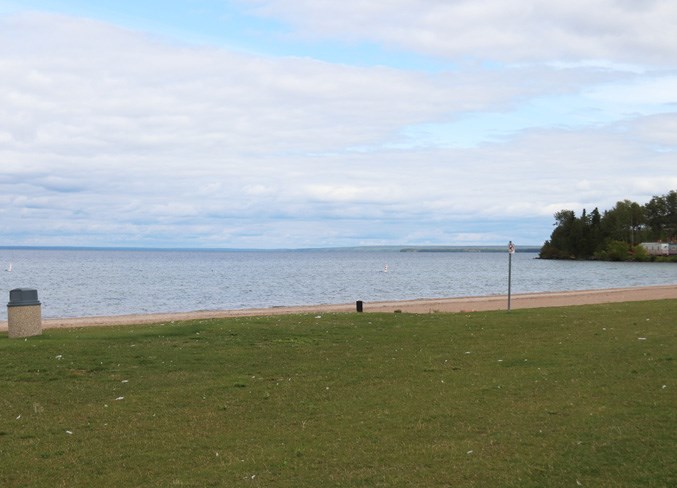COLD LAKE – City of Cold Lake councillors received an update on the Lakeshore Environmental Reserve Lands License Agreement Implementation project at the June 17 Corporate Priorities Committee meeting, a years-long effort to address encroachments by lakeshore property owners onto protected municipal land.
The initiative began after public complaints were made about lakeshore property owners extending private use, such as lawns, structures, or landscaping, onto Environmental Reserve (ER) lands. What started as a shoreline-specific issue soon expanded across the city, according to the municipality.
Since 2019, the City has been working to document, understand, and manage the encroachments, which in many cases have existed for years and predate current property owners.
“There was a lot of work that's been done both throughout the city and also the lakeshore,” said CAO Kevin Nagoya. “This report is specifically dealing with the Lakeshore landowners and the Environmental Reserves and the encroachments that exist.”
To align with the Municipal Government Act, the City reclassified the municipal reserve areas along the lake as ER land, allowing Cold Lake to offer three-year license agreements to landowners for limited use that does not interfere with the land’s natural state.
As part of the first phase of implementation, the City sent letters on April 3 to all lakeshore landowners informing them they were required to obtain a License of Occupation if encroachments were present. A follow-up letter was issued on May 12 to homeowners who had not yet responded, clarifying insurance requirements and the May 31 application deadline.
Out of the 79 properties with known encroachments, 45 landowners submitted applications and eight more committed to removing the encroachments. By early June, additional residents responded, leaving only 25 properties requiring follow-up.
“I would actually say that it’s probably more successful than the administration initially anticipated,” said Nagoya, who added that even some of the residents who were originally opposed have since signed agreements.
The next phase will involve site inspections of the remaining 25 properties to confirm if issues have been resolved or if further enforcement is needed.
“Third and final letter . . . giving maybe a 30-day window of encroachment so that way we can . . . remove the items . . . and hopefully we can get most of these resolved before the end of summer,” Nagoya said.
If no resolution is reached, administration advised council that it may need to issue penalty tickets or legislative orders requiring items be removed at the landowner’s expense.
Mayor Craig Copeland urged staff to wrap up the project by early fall.
“My preference would be to have this all closed up before the election,” he said. “Maybe by Sept. 1. We've kind of drawn a line in the sand.”
Copeland also raised concerns about maintenance issues like dead trees and hanging branches along the lake.
Maintenance concerns were echoed by many residents during consultations. Some lakeshore homeowners have requested permission, or even compensation, for maintaining adjacent ER lands.
However, current policy maintains that ER areas must be preserved in their natural state, and there’s no formal process to deal with tree removals. To date, residents have been told to bring such concerns directly to council, according to the City of Cold Lake.
Nagoya confirmed that addressing the maintenance issues could require a new service level, which would have budget implications. “That would probably require a new service level that we don't currently provide in Environmental Reserves today throughout the city.”
Coun. Vicky Lefebvre raised concerns about properties being sold without new owners being aware of their responsibilities under the license agreements. Since these agreements are not registered on title, the City must monitor property transfers manually.
“That notification to the new owners . . . We perhaps may not look at that until it comes up for renewal again,” Nagoya said.
Planning Manager Andrew Jabs added that while a few of the remaining properties have histories of enforcement action, staff won’t know the full scope of outstanding issues until inspections are complete.
“There are a couple of sites that we're aware of but until we actually go out and do our round of site inspections, we won't be certain.”
Council accepted the report as information for discussion and feedback on the next phase of the project.



